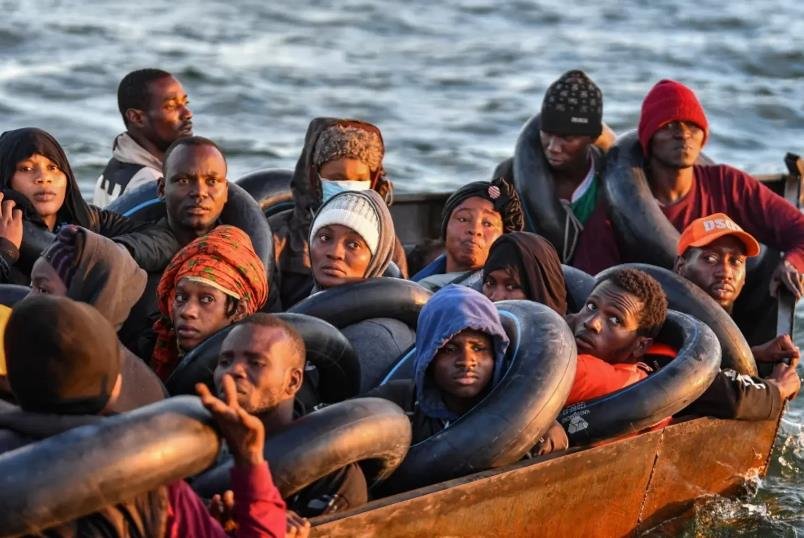A boat carrying 13 Egyptian migrants capsized near Tobruk, Libya, leaving a dozen feared dead and one rescued, Egyptian security sources confirmed on Monday.
The migrants embarked on their voyage to Italy Sunday night, seeking better opportunities. Libya has become a critical passage for those fleeing economic hardships in Egypt.
Their departure from al-Sharkia and al-Gharbia provinces highlights the desperate measures many take to escape high inflation and unemployment rates.
Only one survivor was pulled from the wreckage by Libyan authorities, underscoring the dangers of these treacherous sea crossings.

Libya’s Role in the Migrant Exodus
Since the fall of Gaddafi in 2011, Libya has emerged as a key transit point for migrants heading to Europe. The instability has made it a hub for smugglers and desperate travelers alike.
-
- Number of Migrants in Libya: 761,322
- Nationalities Represented: 44
- Data Collected: Mid-2024, UN
| Country | Number of Migrants |
|---|---|
| Egypt | 150,000 |
| Syria | 120,000 |
| Pakistan | 95,000 |
| Other | 396,322 |
This influx has strained Libya’s resources and complicated its relations with European nations seeking to manage migration flows.
Economic Struggles Driving Migration
Egypt’s economy has been under pressure with soaring inflation and limited job opportunities pushing many to seek fortunes abroad. The allure of Europe remains strong despite the risks involved.
“People are running out of options,” said a local official. “The sea is their last hope.”
Humanitarian Concerns and International Response
The tragic incident has sparked calls for better safety measures and support for migrants attempting the perilous journey. International organizations are urging countries to address the root causes driving migration.
Questions arise about the efficacy of current policies and what more can be done to prevent such tragedies in the future.
Future Implications for Migration Policies
This incident could influence future migration policies both in Libya and European countries. There is a growing need for comprehensive strategies to handle the increasing number of migrants safely and humanely.
- Enhanced search and rescue operations
- Increased support for countries of origin
- Stricter regulations on smuggling networks
